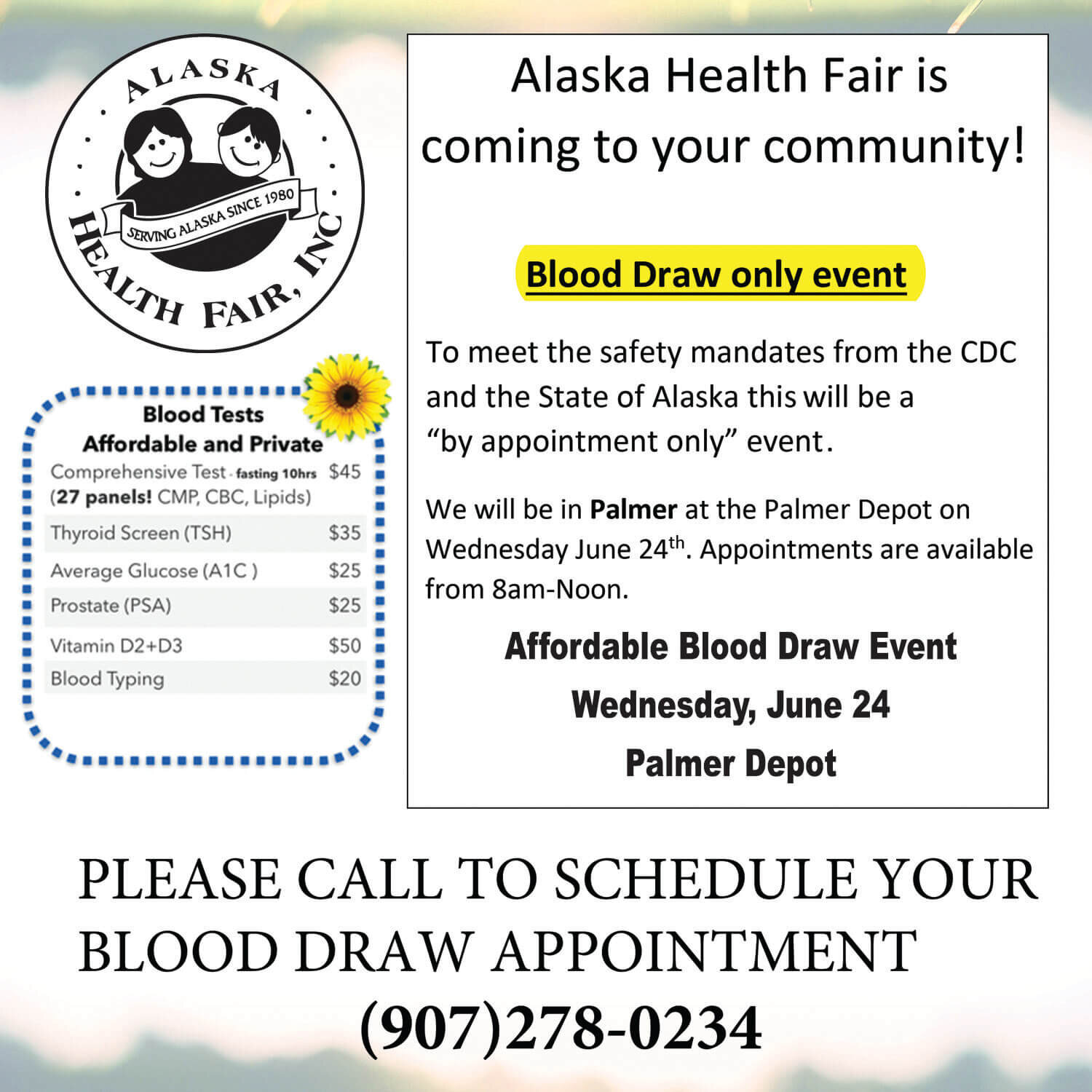Contributed by Katie Stark
In late November, Mat-Su Regional Medical Center added the newest model of the da Vinci Surgical Systems to its fleet of surgical tools.
The latest da Vinci – the Xi – differs from its predecessor, da Vinci Si, mainly in terms of ease of positioning, according to Dr. Shannon Gulley from Glacier Surgical Associates.
“The way that the arms can rotate and move and the way it sort of self-centers itself to dock, makes it a lot easier when you’re dealing with surgery where you’re working multiple quadrants,” Gulley said.
Gulley has been working with the da Vinci Si for about four years and uses the tool mainly for hernia removal. For her, the most beneficial aspect of the technology is how she can perform intricate procedures. The new da Vinci Xi is even more versatile and intuitive.
“The biggest thing is having those wristed instruments, so you can actually sew very smoothly,” she said.
Generally speaking, surgeons control the robotic arms of the da Vinci while looking through a viewing screen at a console, using the instruments almost like extensions of their hands.
Another essential feature of the robot is the 3DHD camera, giving the surgeon the ability to see the process in magnification. “The visualization is pretty amazing,” Gulley said. “It’s like looking at it in an open fashion.”
The da Vinci system gets its name from inventor, artist and scientist Leonardo da Vinci, according to the manufacturer. Among his many scholarly pursuits, da Vinci was also a student of human anatomy.
Robotics surgery has been gaining in popularity in recent years due to its positive impact on patient recovery. The da Vinci excels at non-invasive surgery by allowing surgeons to use smaller incisions, thus leading to less blood loss and faster recovery time.
Greater precision and accuracy, and smaller incisions are the key benefits that drive hospitals to invest in new technology like the da Vinci Xi, according to Alan Craft, marketing and public relations director at Mat-Su Regional. “This is the new frontier in minimally invasive robotic surgery. It enables surgeons to perform highly complex operations through a few tiny incisions. We’re thrilled to be able to offer it to the community we serve.”
“The da Vinci Xi complements the advanced robotics program Mat-Su Regional currently uses for orthopedic procedures,” Craft said. He noted that no one else in the Valley has the level of technology of Mat-Su Regional, which has the area’s only advanced robotics surgical tools. “
Dr. Jeff Simerville, board-certified urologist with Alaska Urology, explained that the advanced technology creates a better patient experience when compared to traditional surgical methods. “The outcomes are similar, but the patient experience is much better,” he said.
Simerville began using the robot in 2011 for urologic surgeries, but since its clearance by the FDA in 2000, the da Vinci has been used for gynecological procedures, prostate removal, cancer surgeries, colon removal, general surgeries, kidney removal and lung surgery.
“Anything you can do laparoscopically you can do with the robot, but most surgeons use it for probably hernias, colons, gallbladders,” Gulley said.
Operations using the da Vinci can technically be performed from anywhere in the world, however the control box is usually located in the room right next to the patient. Some patients have been misinformed that the robot actually controls itself during surgery, according to Gulley. However, the robot is a tool used and guided by human hands, although it does simultaneously minimize human error, such as trembling.
“It’s very similar to the surgery we do anyway, so as far as the technical part of the surgery itself, that part I feel is a pretty smooth and straightforward transition,” she said.
Neither Gulley nor Simmerville believe that robotic surgery will entirely replace other methods in the future, but they do see the technology continuing to grow and be refined.
It’ll certainly expand from where it’s at now,” Simmerville said. “I’m happy that Mat-Su acquired the latest and greatest version of it so that we can serve our patients in the best possible way.”
Mat-Su Regional Medical Center is a member of the Mayo Clinic Care Network. It is a 74-bed acute care facility providing advanced surgical service, including robotics, cardiac care, emergency services, diagnostic imaging, sleep studies, three urgent care centers, the Family Birthing Center and is home of the 30-Minutes-or-Less ER Service Pledge.
In the past few years, Mat-Su Regional has earned a string of impressive honors, including being the first hospital in Alaska to earn accreditation as a Chest Pain Center from the Society of Cardiovascular Patient Care, and has twice been named among the Top 150 Places to Work in Healthcare by Becker’s Hospital Review.



















































